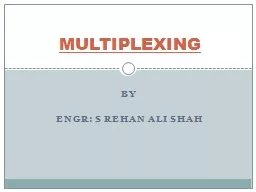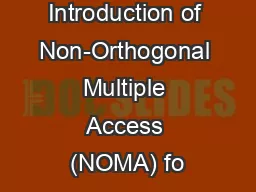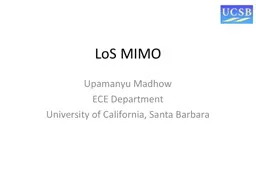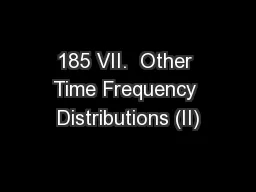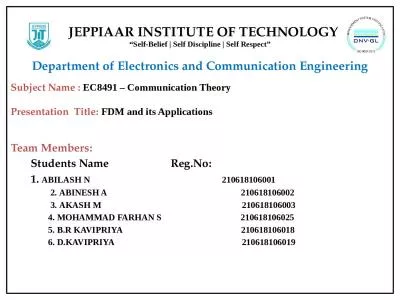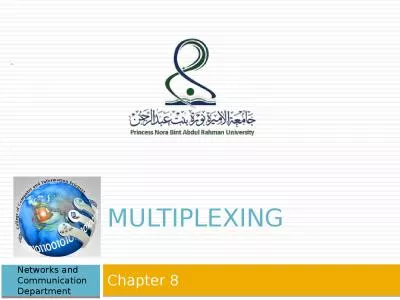PPT-Orthogonal Frequency Division Multiplexing
Author : amey | Published Date : 2023-11-11
Basics Frequency of Signals Sinusoidal signals have a distinct unique frequency An arbitrary signal does not have a unique frequency but can be decomposed
Presentation Embed Code
Download Presentation
Download Presentation The PPT/PDF document "Orthogonal Frequency Division Multiplexi..." is the property of its rightful owner. Permission is granted to download and print the materials on this website for personal, non-commercial use only, and to display it on your personal computer provided you do not modify the materials and that you retain all copyright notices contained in the materials. By downloading content from our website, you accept the terms of this agreement.
Orthogonal Frequency Division Multiplexing: Transcript
Download Rules Of Document
"Orthogonal Frequency Division Multiplexing"The content belongs to its owner. You may download and print it for personal use, without modification, and keep all copyright notices. By downloading, you agree to these terms.
Related Documents



